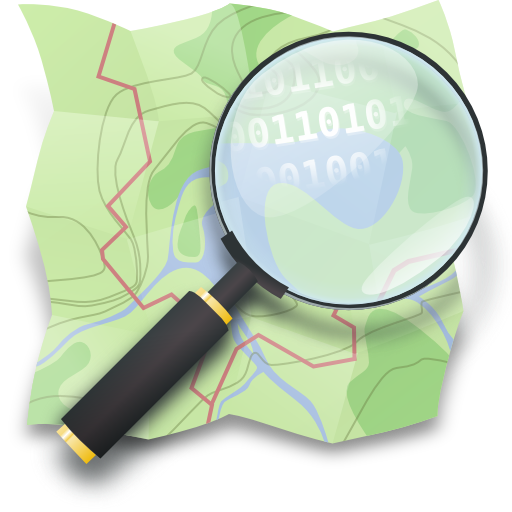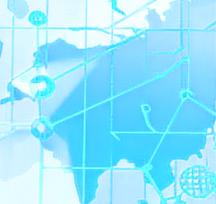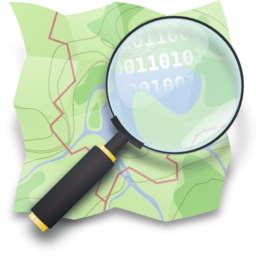

Finde das Vorhaben eigentlich guf, aber das lässt schon wieder aufhorchen:
Im Extremfall wäre etwa denkbar, dass mit Strafzinsen für E-Euros der Konsum angetrieben und die Wirtschaft angekurbelt werden könnten.
Zusammen mit einem Abhebelimit könnte die Gefahr entstehen, dass die EZB damit zum europäischen Zentralenteigner wird. Das wäre zu viel Macht für eine Instituion.
















There is no result for “IronFox” on f-droid.org: https://search.f-droid.org/?q=IronFox